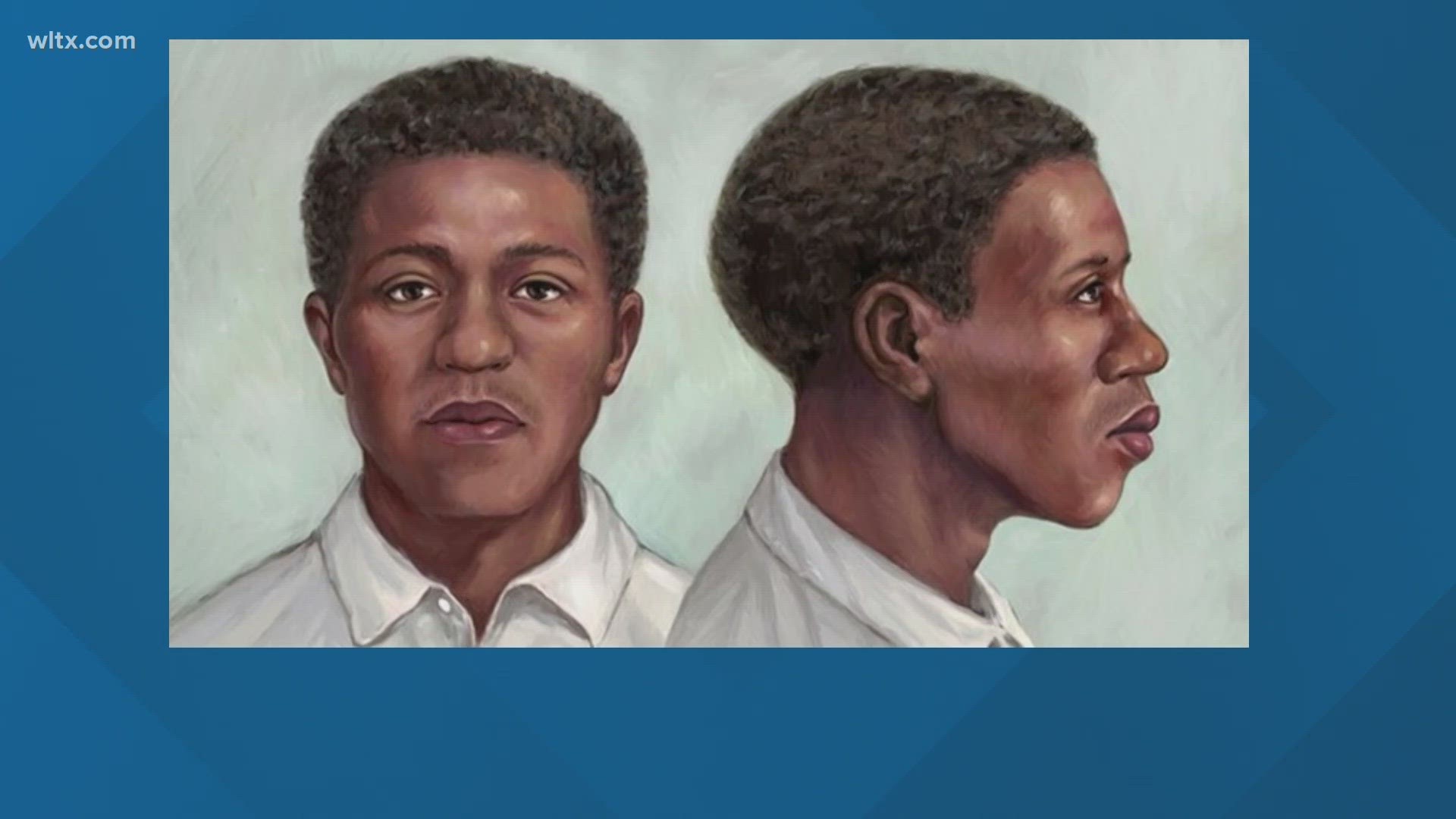GEORGETOWN COUNTY, S.C. — When Hurricane Irma passed along the South Carolina coast in 2017, the storm disturbed more than just the water. It uncovered the skeletal remains of a young man at an archaeological research site on the Tom Yawkey Wildlife Center Heritage Preserve in Georgetown County -- near the fishing village between Mosquito Creek and Winyah Bay.
Now, archaeologists with the South Carolina Department of Natural Resources (SCDNR) are attempting to locate relatives of the man, whose remains may date to the 1890s.
The Tom Yawkey Wildlife Center Heritage Preserve is a key cultural site, off Hwy 17 between Georgetown and McClellanville. SCDNR received an emergency historic preservation grant from the National Park Service and the South Carolina Department of Archives and History in 2019 to conduct research and work to identify the remains and provide a proper reburial.
A team of archaeologists and forensic scientists have worked with the remains to create a facial reconstruction so that possible relatives from the area might be found. Clothing on the body resembles those worn by fishermen in the area.
Archaeologists have invited representatives from the African American and Gullah Geechee communities to tour the site and participate in the project, including the archaeological lab and fieldwork, oral history, archival research, and the development of educational outreach programs. The ongoing research not only tells interrelated stories of climate, fishing, and Gullah Geechee life, it has resulted in a larger shoreline survey project documenting Gullah Geechee sites before they are lost to erosion and sea level rise.
SCDNR hopes to identify the remains through DNA analysis.
The search for the young man's relatives is a group project. Dr. Jodi Barnes, a historical archaeologist, is working with Richland County deputy coroner and forensic anthropologist Dr. Bill Stevens and Kalina Kassadjikova, a Ph.D. student in forensic anthropology and paleogenetics at the University of California Santa Cruz, and FHD Forensics to extract DNA and conduct genetic genealogy research.
In addition, Lt. Michael Thacker of the Georgetown County Sheriff’s Office Criminal Investigations and Forensics team helped with the documentation and recovery of the South Island skeletal remains. Senior Special Agent Deborah Goff, SLED forensic artist, created a facial reconstruction in collaboration with Amie Duke, radiologist tech with Lexington Medical Center Radiology Department, and Dr. Summer Decker, director for 3D Clinical Applications at the University of South Florida Health’s Department of Radiology.
“This collaborative archaeological research involves oral history, archival research and DNA analysis to identify descendants,” Barnes said. Telling his story and saying his name for the first time in decades are the next step to provide a proper burial for him.
People interested in participating in DNA testing to learn whether they are related to him should visit the FHD Forensics website, https://fhdforensics.com/south-island-john-doe/

